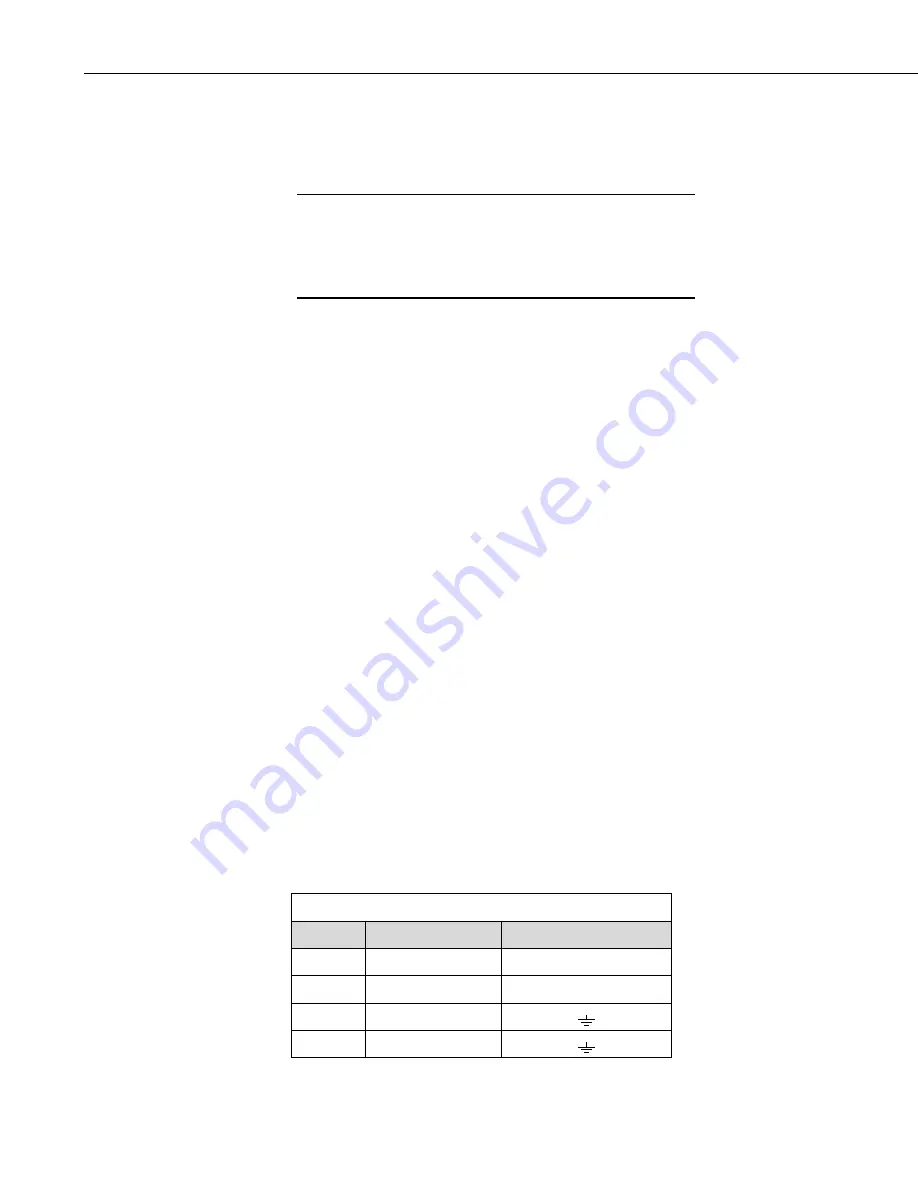
Model 109B & 109 BAM Temperature Probe
5. Programming
This section is for users who write their
own datalogger programs. A datalogger program to measure this
sensor can be generated using Campbell Scientific’s Short Cut
Program Builder software. You do not need to read this section
to use Short Cut.
NOTE
The datalogger is programmed using either CRBasic or Edlog. Dataloggers
that use CRBasic include our CR200(X)-series, CR800, CR850, CR1000,
CR3000, CR5000, and CR9000(X); see Section 5.1. Dataloggers that use
Edlog include our CR510, CR10(X), CR23X, and CR7; refer to Section 5.2.
Short Cut, CRBasic, and Edlog are included in our LoggerNet, PC400, and
RTDAQ software.
If applicable, please read “Section 5.3—Electrically Noisy Environments” and
“Section 5.4—Long Lead Lengths” prior to programming your datalogger.
Measurement details are provided in Section 6.
5.1 CRBasic
In the CR200(X)-series, CR800, CR850, CR1000, and CR3000 dataloggers,
Instruction Therm109 is used to measure temperature. Therm109 provides
excitation, makes a single ended voltage measurement, and calculates
temperature.
The Therm109 instruction has the following form:
Therm109 (Dest, Repetitions, SE Chan, Ex Chan, Multiplier, Offset)
A multiplier of 1.0 and an offset of 0.0 yields temperature in Celsius. For
Fahrenheit, use a multiplier of 1.8 and an offset of 32. See Section 5.1.1 for
example programs.
The CR5000 and CR9000(X) use the BrHalf instruction to read the 109B’s
resistance. The Steinhart-Hart equation is entered as an expression to convert
the resistance to degrees Celsius.
5.1.1 CRBasic Examples
TABLE 5-1. Wiring for Examples 5.1.1.1 & 5.1.1.2
Colour
Function
Connection
Black
Excitation
EX1 or VX1
Red Signal
SE1
Purple Signal
Ground
Clear Shield
6


































